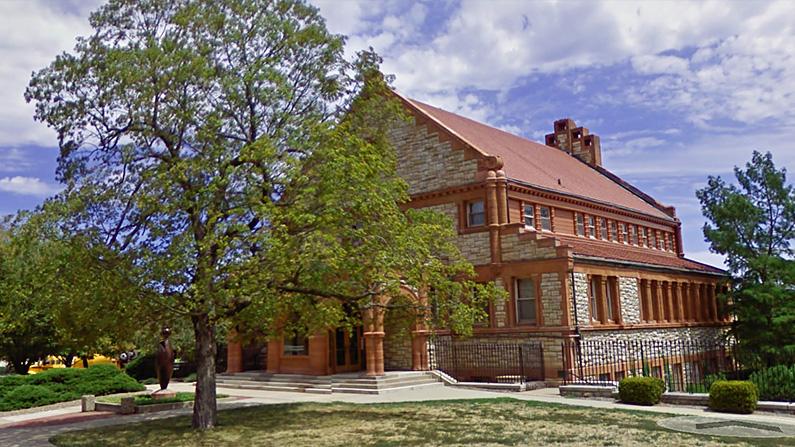A paint-splattered American flag displayed publicly on the campus of the University of Kansas has been moved to an indoor art museum after people from student veterans to the state’s governor protested the display.
The stained flag was intended to be a work of art, but it was displayed outside and out of context.





